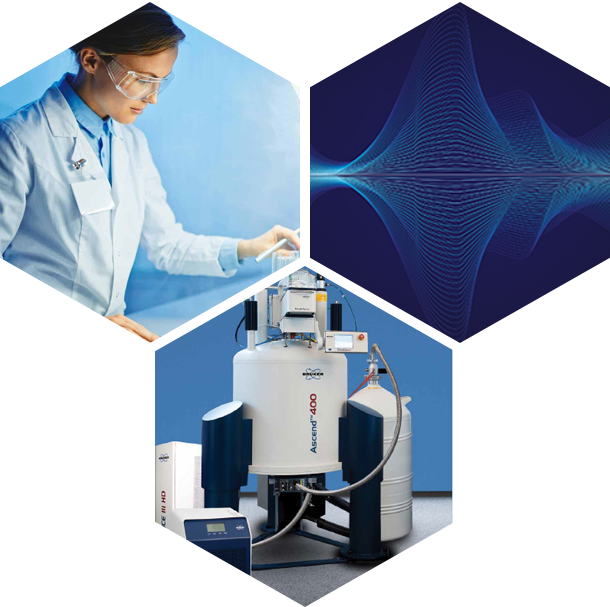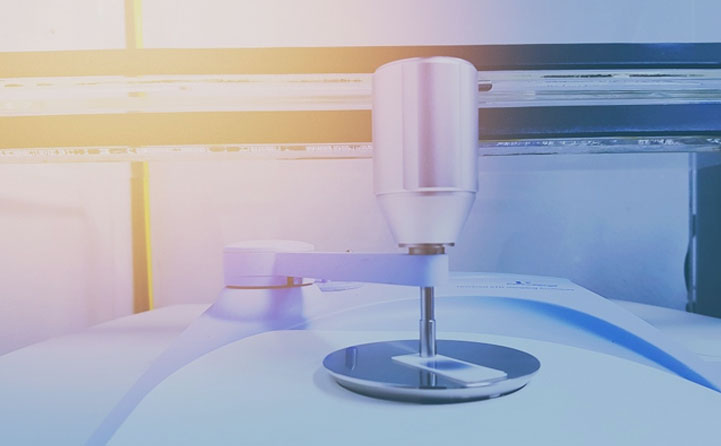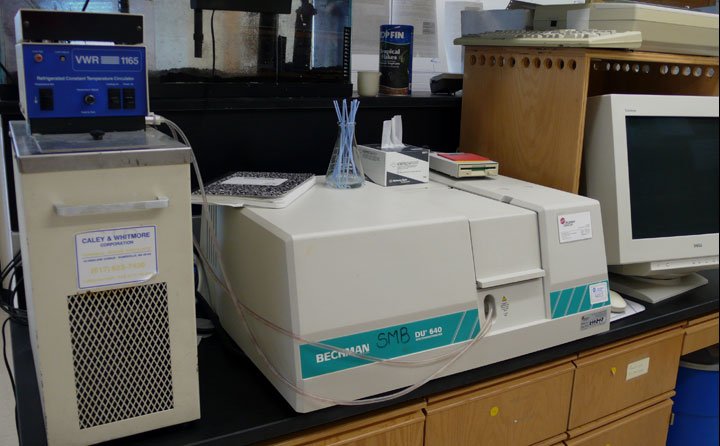polymer analysis
SPECTROSCOPIC ANALYSIS
Introduction
Spectroscopy is the study of the interaction of matter with microwave (NMR), infrared (FTIR), and Visible (UV-vis) light.
We can use various techniques to characterize polymers and identify the relationship between the polymer structures and their physical properties
Nuclear Magnetic Resonance
Spectroscopy (NMR)
Depending on the experiment performed, NMR spectroscopy can be used to gather important information about the structure and molecular nature of the polymer system.
1H NMR (standard analysis)
- Identity of the polymer (types of monomers)
- Polymer Impurities (e.g. solvents, catalyst, moisture, etc.)
- End-group analysis to determine polymer size (Degree of polymerization, DP)
- Functional groups present (e.g. from derivatization)
- in situ Reactions and Polymerization Kinetics
- Degree of branching
- Ratio of monomers for copolymers
- Variable Temperature experiments (‒80 °C to +120 °C)
Other Nuclei can also be detected by NMR to gather more information on the structural composition. The following nuclei can be used to run NMR spectroscopy experiments: 13C, 19F, 31P, 2H, 11B, 77Se, 15N, 29Si.
2D NMR
2D NMR can be used if the polymer requires a more thorough investigation in order to determine structural characteristics. For example, homonuclear (1H, 1H) COSY, TOCSY, NOESY, and heteronuclear (1H, 13C) HSQC, HMBC experiments are possible.





